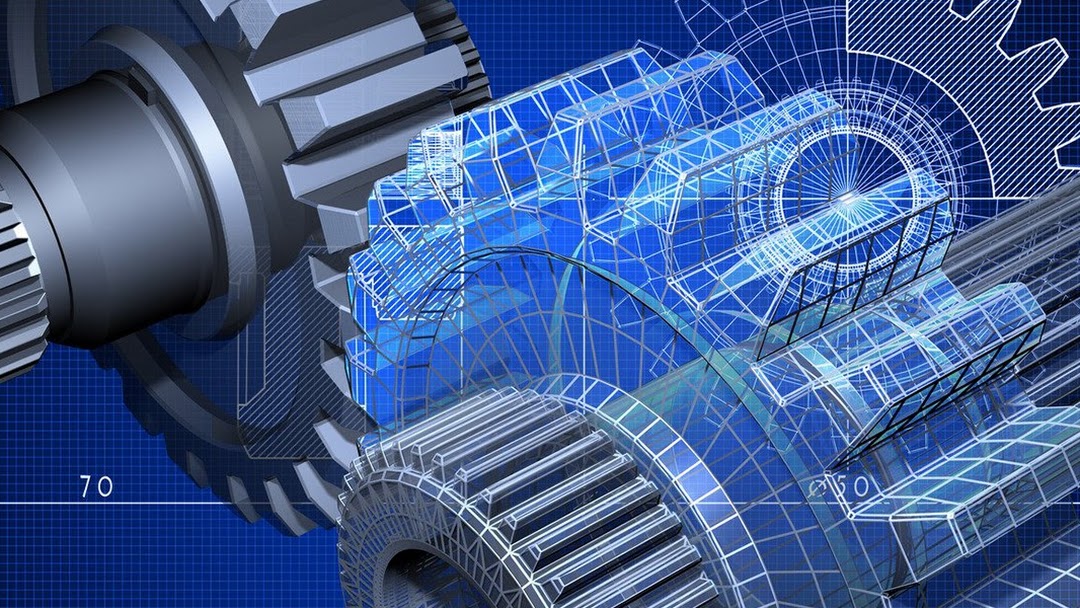
Scanned data integration into CAD for further editing or mathematical model comparisons
It is much faster than traditional methods. A 3D scanning produces a high-precision 3D model, which can be used to calculate the scanned surface area. Three-dimensional scanning technologies help to detect collision problems, calculate object`s usable area, structures deviation and for further preservation of cultural heritage.
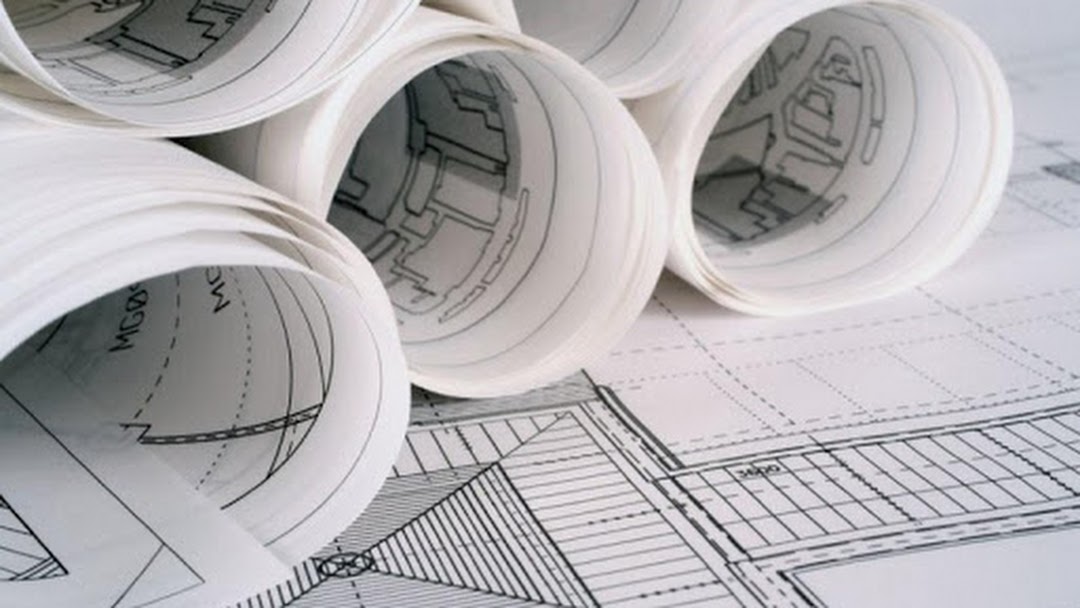
Project documentation design recovery
The 3D technologies development made possible to create project documentation in a short time, identify discrepancies between real objects and drawings, and analyze the state of the building. Instead of measuring by traditional method in several days, the 3D scanning allows to recreate documentation design and edit it in a few hours.
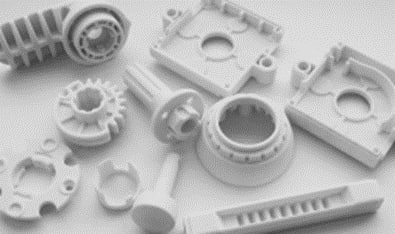
Assembling items integrity control
By 3D scanning technology it became much easier to design and assemble new units, parts and assemblies, as well as to control the product performance at all production stages. It is possible to quickly get a 3D model template and have calculations and check assembly parts.

Industrial design development
Do you need to make an exact replica or create a new industrial design product? The 3D scanning technologies reduce designing cost and further production as well. While, the industrial design service order allows to get a ready-made product sample, based on an existing one with all the necessary changes and improvements.
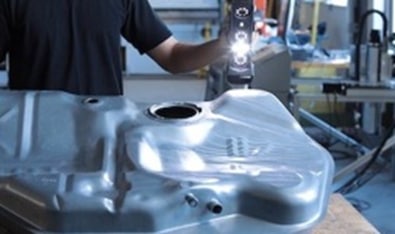
Quality control and details geometry. Metrological analysis, deterioration and deformation measurements.
Quality control and metrological analysis in manufacturing using 3D scanning does not take long time. Dimensional scanning allows metrological and deformation control of items, their mutual arrangement analysis, as well as elements quality control.
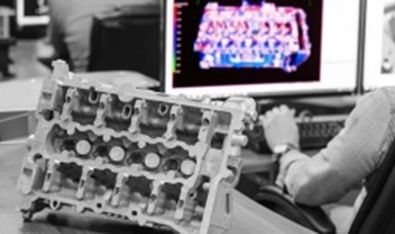
Reverse engineering
Reverse engineering is the fast way to design the most accurate digital product model, even with complex geometry. Such models are used for alteration, subsequent production or 3D printing. Reverse engineering services are widely used in mechanical engineering, as well as in the production of individual parts on CNC machines.
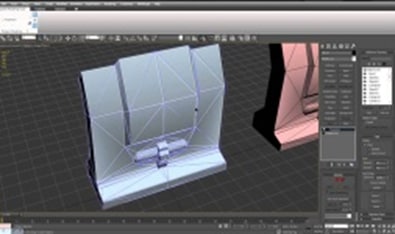
Polygon grid modeling and processing
Obtained a polygonal grid is a result of 3D scanning and subject to requirements. As the uniformity and correctness of constructions, since all irregularities and noise could reflect on digital model. Causing the necessity to eliminate noise and polygon smoothing tools usage in order to get the part without excessive defects and surface roughness.
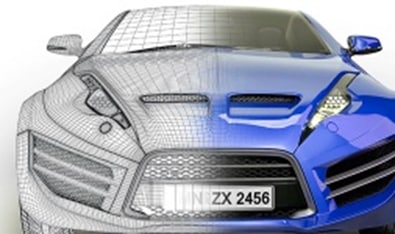
3D-modeling on sketches and drawings base
Often, we need to make a product based on old sketches and drawings. But today, by NURBS-modeling technology, it has become possible to create accurate CAD models for mechanical engineering. Thus, using polygonal modeling, we can simulate 3D objects of any complexity, from human and animal figures to artworks.
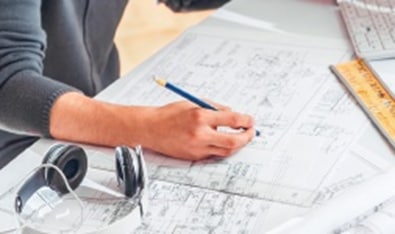
Preparation of design documentation
Creating a drawing of an existing part has become much easier and faster through 3D technologies. Our engineer will scan and convert the resulting three-dimensional model into a 2D drawing in a short time. Allowing you to prepare design documentation and its details on time, beating you with less effort and more time.
Our technologies
Web stack, Client-Side, frontend
JavaScript, HTML5, CSS3, Vue.js, Angular, React, Single Page Applications (SPA), LESS, PostCSS, RequireJS, ES6 Modules, Webpack, Gulp, Google Closure Compiler, jQuery, Backbone.js, REST, WebSockets, SVG, Google Web Toolkit (GWT), Bootstrap
Web stack, server side, backend
Java SE/EE, Servlets/JSP, JavaFX, Swing, Hibernate, Google Web Toolkit (GWT), Eclipse RCP, OSGi, Groovy, OpenSAML, JasperReports, Spring, WebServices, XML/XSD/DTD
Platform, integration and scaling
Alfresco, NGINX, Apache HTTP Server, Apache Tomcat, Undertow, Spark Framework, HAProxy, JBoss/Wildfly, GlassFish, Apache ActiveMQ, Apache Camel, ZooKeeper, Zanata, Pentaho, OpenCms
Databases and storage (Relational and NoSQL)
PostgreSQL, MySQL, Oracle, Apache CouchDB, Apache Cassandra, Redis, Microsoft SQL Server
Monitoring and testing
Zabbix, Graphite, ELK (Elasticsearch, Logstash, Kibana), JUnit, Selenium, Yandex Allure, JMeter, Splunk
Microsoft Programming Languages and Technologies
С#, ASP.NET, ASP.NET MVC, Entity Framework, WCF, WPF
Continuous integration and continuous delivery and deployment, DevOps
Jenkins, Webpack, Gradle, Apache Ant, npm, Gulp, Git, Apache Subversion
Hosting, virtualization and containerization, load balancing
Docker, KVM, VMWare ESX, OpenVZ, LXC, Amazon Web Services, Lunix (Ubuntu, Redhat, SUSE), Windows Server
Information security software development

